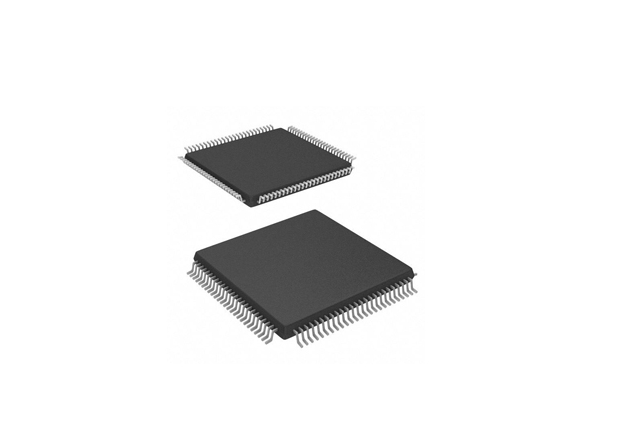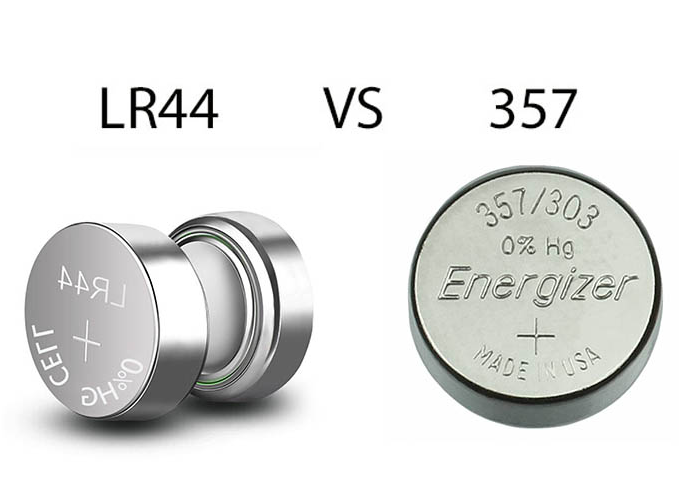What is a Microcontroller:use,type,Function
Microcontroller, referred to as MCU, is generally also called single-chip microcomputer. It is a highly integrated chip that integrates the central processing unit (CPU), memory (including random access memory RAM and read-only memory ROM), input and output (I/O) interface, timer/counter and other functional modules on a small chip. This is like concentrating the core components of a complete computer in a tiny space, giving it the ability to run independently and control other devices.
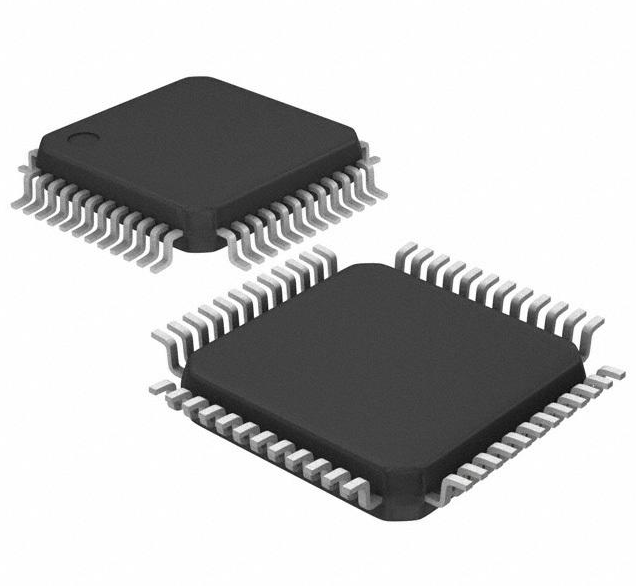
Catalog
1.what is Microcontroller?
2.Purpose of Microcontroller
3.Functions of Microcontroller
4.Difference Between Microcontroller and Microprocessor
1.what is Microcontroller?
In the vast world of computers, from common personal desktop computers to powerful mainframe computers to small but powerful microcontrollers, they all share some core elements. All computers are equipped with a central processing unit (CPU), a key component that is responsible for executing programs. Imagine that as you sit in front of a desktop computer and read this article, the computer's CPU is working hard at this moment, executing the web browser program used to display this web page. In desktop computers, the CPU loads programs from devices such as hard disks, and the computer's random access memory (RAM) is used to store various "variables". In addition, computers are equipped with input and output devices to enable information interaction with users. In the case of desktop computers, keyboards and mice are used as input devices to facilitate users to enter instructions and operations; monitors and printers are used as output devices to present information and output documents. It is worth mentioning that hard disks have the functions of both input and output data, so they are classified as input and output devices. The desktop computers we use every day are "general-purpose computers" with strong compatibility and can run thousands of different types of programs.
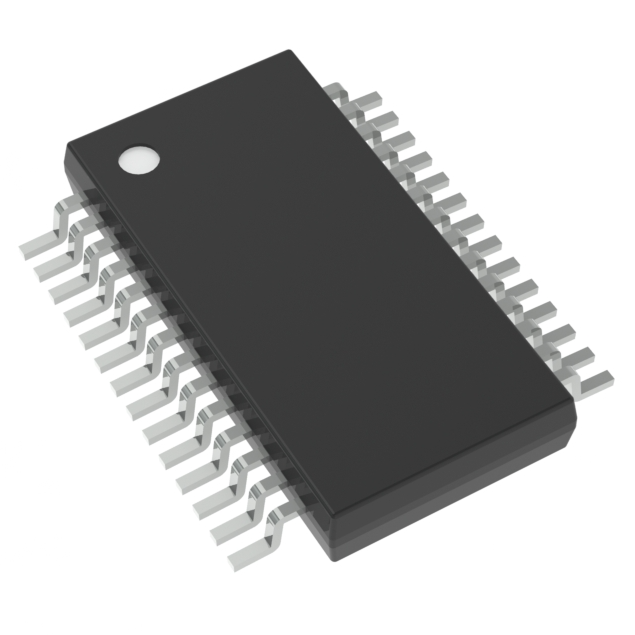
Microcontrollers, as a special member of the computer family, are "dedicated computers" designed for special purposes. They focus on specific tasks and have unique functional characteristics. Microcontrollers are usually "embedded" inside other devices and assume the important responsibility of controlling product functions and operations. For this reason, they are often called "embedded controllers." Microcontrollers run specific programs to complete specific tasks. These programs are stored in read-only memory (ROM) and are generally not modified. In addition, microcontrollers are usually low-power devices. Desktop computers have a power of about 50 watts, and their power plugs are almost always plugged into wall sockets to obtain power; while battery-powered microcontrollers have a power of only about 0.05 watts, which has significant energy-saving advantages. In terms of input and output, microcontrollers have dedicated input devices and usually (but not exclusively) use light-emitting diodes or LCD screens as output devices. At the same time, the microcontroller also obtains input signals from the device it controls and then precisely controls it by sending signals to different parts of the device. For example, the microcontroller in a TV can receive input signals from the remote control and display the relevant information on the screen, while also controlling functions such as the channel selector, speakers, and electronic adjustments of the picture tube. In the automotive field, the engine controller obtains input signals from oxygen sensors, knock sensors, etc., so as to precisely control the fuel mixture ratio and spark plug timing. In the microwave oven commonly seen in the kitchen, the controller obtains input signals from the operating keyboard, displays output information on the LCD display, and controls the relay responsible for the microwave generator switch.
Different application scenarios have different requirements for the durability of microcontrollers. Take the microcontroller that controls the car engine as an example. It must be able to operate normally under extremely harsh temperature conditions, which is difficult for ordinary computers to achieve. In Alaska, the winter temperature can be as low as minus 34 degrees Celsius, and the car's microcontroller needs to work stably in such a cold environment; in Nevada, the summer temperature can be as high as 49 degrees Celsius, and the same microcontroller needs to operate normally in a hot environment. Considering the large amount of heat generated by the engine itself when it is working, the temperature inside the engine box can even reach 65-80 degrees Celsius. In contrast, the embedded microcontroller used inside the recorder does not have such extreme working environment requirements.
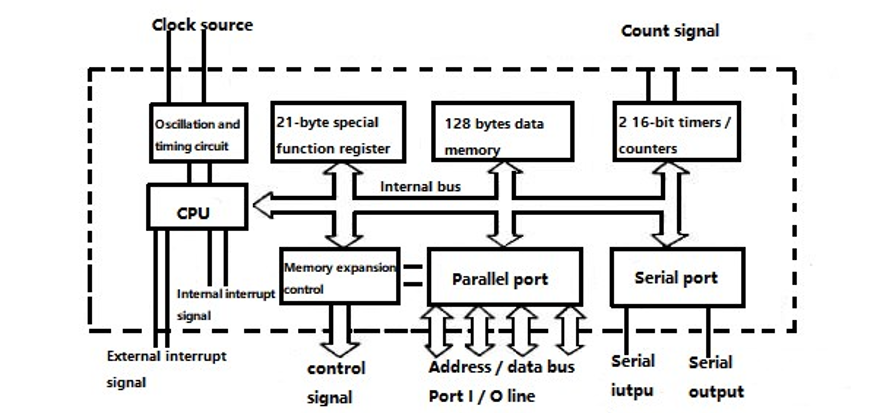 There are many different types of processors used in microcontrollers. For example, the Z-80 processor is an 8-bit microprocessor that was first used in home computers in the 1970s. The Garmin GPS receiver uses a low-power version of the Intel 80386 processor, which was originally designed for desktop computers. In many products that do not require high microcontroller performance, such as microwave ovens, price becomes a primary consideration for consumers. In this case, manufacturers design dedicated microcontroller chips for such needs. These chips are embedded central processing units that are specifically designed to achieve low cost, small size and low power consumption. The Motorola 6811 and Intel 8051 are successful examples of this type of chip, as are the "PIC microcontroller" series produced by Microchip. By today's standards, these central processing units are relatively simple in structure. However, they are very cheap when purchased in large quantities, and a single chip can often meet the needs of product designers. A typical low-end microcontroller chip has about 1,000 bytes of read-only memory and 20 bytes of random access memory, and is equipped with 8 input and output pins. Such chips can be mass-produced at a unit cost of only a few cents. Obviously, we cannot expect to run hardware-intensive programs such as Microsoft Word on such a chip, after all, Microsoft Word requires about 30 megabytes of random access memory space and a high-performance processor capable of executing millions of instructions per second. But for specific tasks such as controlling a microwave oven, such complex programs are not required. When using a microcontroller to complete a specific task, low cost and low power operation are the most critical factors.
There are many different types of processors used in microcontrollers. For example, the Z-80 processor is an 8-bit microprocessor that was first used in home computers in the 1970s. The Garmin GPS receiver uses a low-power version of the Intel 80386 processor, which was originally designed for desktop computers. In many products that do not require high microcontroller performance, such as microwave ovens, price becomes a primary consideration for consumers. In this case, manufacturers design dedicated microcontroller chips for such needs. These chips are embedded central processing units that are specifically designed to achieve low cost, small size and low power consumption. The Motorola 6811 and Intel 8051 are successful examples of this type of chip, as are the "PIC microcontroller" series produced by Microchip. By today's standards, these central processing units are relatively simple in structure. However, they are very cheap when purchased in large quantities, and a single chip can often meet the needs of product designers. A typical low-end microcontroller chip has about 1,000 bytes of read-only memory and 20 bytes of random access memory, and is equipped with 8 input and output pins. Such chips can be mass-produced at a unit cost of only a few cents. Obviously, we cannot expect to run hardware-intensive programs such as Microsoft Word on such a chip, after all, Microsoft Word requires about 30 megabytes of random access memory space and a high-performance processor capable of executing millions of instructions per second. But for specific tasks such as controlling a microwave oven, such complex programs are not required. When using a microcontroller to complete a specific task, low cost and low power operation are the most critical factors.2.Purpose of Microcontroller
As the core component of the computer system, the microprocessor has a wide range of important uses. The following is a detailed introduction:Computer field
Personal computer: It is the core of the personal computer, responsible for executing various instructions, data processing and calculation, such as running office software for document editing, using browsers to browse the web, playing games, etc., allowing users to complete various daily work and entertainment activities. Server: In the server, the microprocessor is responsible for handling a large number of concurrent requests, data storage and retrieval, and running various service programs, providing network services, data storage and processing support for enterprises and institutions, ensuring the stable operation of websites, database management, and the normal development of cloud computing and other services.
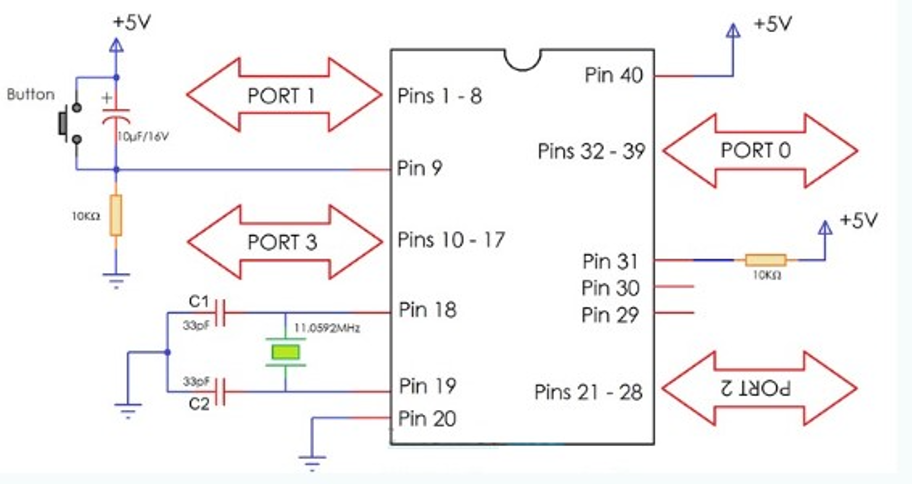
Consumer electronics
Smartphone: The microprocessor in a smartphone is equivalent to the human brain. It not only handles basic functions such as calls and text messages, but also runs various applications such as image processing, video playback, game running, and network connection, bringing users a rich and diverse user experience. Tablet computer: Similar to smartphones, the microprocessor of a tablet computer is responsible for processing graphic images, audio and video data, supports touch operations and the running of various applications, and meets the user's needs in entertainment, learning, and office work. Digital TV: Microprocessors are used to control various functions of the TV, such as channel switching, image and sound processing, and the implementation of smart TV functions, such as running applications, connecting to the Internet, and implementing voice control.Industrial control field
Automated production line: In an automated production line, microprocessors are used to control the operation of production equipment and monitor various parameters in the production process, such as temperature, pressure, speed, etc., to achieve automated control and optimization of the production process and improve production efficiency and product quality. Industrial robot: The microprocessor is the core control component of the industrial robot. It is responsible for controlling the robot's movement, posture adjustment, and coordination with other equipment, enabling the robot to complete complex production tasks such as welding, assembly, and handling.
Automotive electronics
Engine control: The microprocessor is used to monitor various parameters of the engine, such as speed, temperature, oxygen content, etc., and accurately control fuel injection, ignition timing, etc. based on these parameters to improve engine performance, reduce fuel consumption and reduce exhaust emissions. Body electronic system: including the control of the car's airbags, anti-lock braking system (ABS), electronic stability program (ESP), automatic windows, central door locks, etc., through the microprocessor to achieve intelligent control of these systems, improve the safety and comfort of the car. In-vehicle infotainment system: responsible for handling functions such as in-vehicle navigation, audio and video playback, Bluetooth connection, and interaction with smartphones, providing convenient infotainment services for drivers and passengers.Medical equipment field
Medical monitoring equipment: such as electrocardiographs, blood pressure monitors, blood glucose meters, etc. Microprocessors are used to collect, process and analyze physiological data and display the results to help doctors diagnose diseases. Medical imaging equipment: such as X-ray machines, CT scanners, magnetic resonance imaging (MRI) equipment, etc. Microprocessors play a key role in image acquisition, processing and reconstruction, and can generate clear and accurate images of the human body's interior, providing an important basis for the diagnosis and treatment of diseases.
3.Functions of Microcontroller
In today's digital age, microprocessors are the core hubs of many electronic devices, playing a series of vital functions, deeply influencing and promoting the development of various fields. Understanding their functions is crucial to keeping abreast of modern technology.
Data processing core functions
Complex calculation processing
Microprocessors have powerful arithmetic logic units (ALUs) that can quickly perform various arithmetic operations, such as addition, subtraction, multiplication, and division, as well as logical operations such as AND, OR, and NOT. Taking the field of scientific computing as an example, in the weather forecast model, the microprocessor needs to process massive amounts of meteorological data, simulate atmospheric changes, and predict weather trends through complex mathematical formulas. Each operation relies on the microprocessor to execute instructions accurately and at high speed to convert raw data into valuable forecasting information. In the financial field, when conducting risk assessment and portfolio optimization, microprocessors also undertake a large number of complex computing tasks, processing market data, risk indicators, etc., to provide data support for financial decision-making.Data storage and call
With the help of internal registers and cache, the microprocessor efficiently stores key data and instructions. As a high-speed storage unit, the register can quickly respond to computing needs and store the data and instruction addresses that are participating in the operation. The cache uses the principle of locality to store data and instructions that may be frequently accessed in the near future, greatly reducing the time to read data from the memory. When the computer runs a program, the microprocessor first searches the cache for the required data. If it hits, it can be obtained at a very fast speed; if it misses, it reads from the memory and updates the relevant data to the cache. When the office software is running, the microprocessor frequently calls document data, formatting instructions, etc. from the cache to improve the operation response speed and ensure that users can edit documents smoothly.Instruction interpretation and execution
The control unit of the microprocessor is responsible for reading the instructions in the memory, decoding them into control signals that the circuit can recognize, and directing the various components to work together. Different instructions correspond to different operations, ranging from simple data movement to complex function calls. In graphics rendering software, the microprocessor executes instructions for drawing graphics, directing the graphics processing unit (GPU) to perform operations such as vertex calculation and texture mapping, and finally presents beautiful images on the screen.
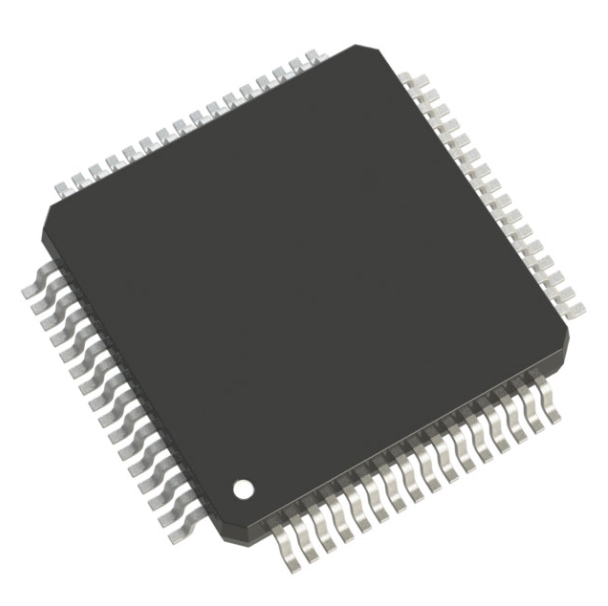
Device interaction coordination function
Input and output management
The microprocessor is connected to external devices through the input and output (I/O) interface to manage the input and output process of data. When the computer is connected to the printer, the microprocessor receives the user's printing instructions, converts the document data into the format supported by the printer, controls the data transmission rate, and ensures that the data is accurately transmitted to the printer. In the industrial automation scenario, the microprocessor reads real-time data such as temperature and pressure from the sensor, and sends control signals to the actuator after processing to adjust the production process.Bus control
As a bridge connecting the microprocessor with memory and external devices, the bus realizes the transmission of data, address and control signals under the control of the microprocessor. The microprocessor determines the direction and time of data transmission on the bus and coordinates the communication of various devices. On the computer motherboard, the microprocessor exchanges data with the memory through the front-end bus and communicates with the graphics card, hard disk and other devices through the PCI-Express bus to ensure that all components work together to realize the overall function of the system.Multi-task parallel processing function
Task Scheduling
Modern microprocessors support multitasking, and the operating system assigns multiple tasks to the microprocessor. The microprocessor quickly switches between different tasks based on the task priority and time slice allocation principle, creating the illusion of parallel processing. When the phone runs multiple applications at the same time, the microprocessor quickly dispatches resources so that tasks such as music playback, message reminders, and background data synchronization can run simultaneously, and the user feels that multiple applications are working smoothly at the same time.Multi-core collaboration
The emergence of multi-core microprocessors further improves parallel processing capabilities. Each core performs tasks independently, and through shared cache and memory, they work together to complete complex workloads. In video editing software, one core is responsible for video decoding, one core is for special effects processing, and one core is responsible for encoding output. Multi-core collaboration greatly shortens video processing time and improves work efficiency.
4.Difference Between Microcontroller and Microprocessor
In the field of core components of electronic systems, microcontrollers and microprocessors are often mentioned. Although they are both deeply involved in the operation of electronic devices, there are significant differences in architecture, functions, applications, etc. Understanding these differences is crucial for electronic engineers to select models and for technology enthusiasts to understand the principles of devices.

Architecture design: a layout with different functions
Microcontroller: Integrated and simple architecture
A microcontroller (MCU) is like a highly integrated small system. It integrates the central processing unit (CPU), memory (including read-only memory ROM and random access memory RAM), input and output (I/O) interface, timer/counter and various peripheral modules on a single chip. This integrated design enables the microcontroller to be compact while having the ability to independently operate and control external devices. Taking the common 8-bit microcontroller as an example, its internal structure is compact, and it closely combines program storage, data processing and basic peripheral functions, providing an efficient solution for specific application scenarios.Microprocessors: Computation-focused, streamlined architecture
The microprocessor (MPU) focuses more on data processing capabilities. Its architecture is relatively simple, and its main core is a powerful CPU. The microprocessor itself usually does not integrate a large number of peripherals and memories, but relies on external circuits to achieve complete system functions. For example, a general-purpose 32-bit microprocessor requires many devices such as external hard disks, memory modules, graphics cards, etc. when building a computer system. Only through complex circuit connections and system software coordination can a variety of functions be achieved.
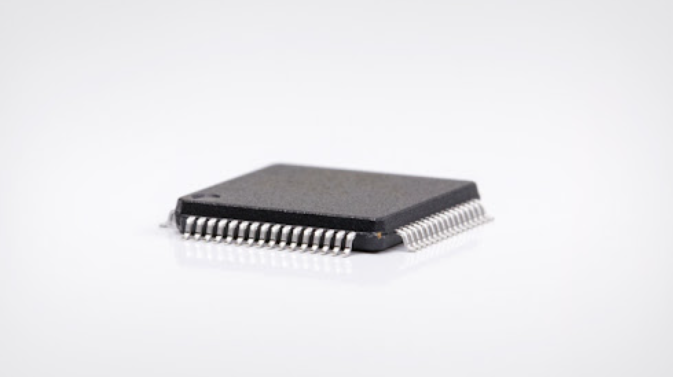
Functional characteristics: Specialization
Microcontrollers: Experts in Specialized Control
Microcontrollers are designed for the control of specific tasks. They are good at precise control of external devices, can efficiently process input signals from sensors, buttons, etc., and send control instructions to actuators according to preset programs. In smart home devices, microcontrollers are very useful. They can automatically adjust the cooling or heating of air conditioners based on data from temperature sensors; receive signals from door and window sensors to control the opening and closing of smart door locks. This dedicated control feature of microcontrollers makes them popular in embedded systems that have stringent requirements on cost, power consumption and space.Microprocessors: Powerhouses of Complex Computing
Microprocessors are known for their excellent computing power. They can quickly process large amounts of complex data and run complex operating systems and applications. In personal computers, microprocessors are responsible for running various complex tasks such as office software, graphics processing software, and games. They can efficiently perform multi-threaded tasks, support users to edit documents, browse web pages, play videos, and provide users with a smooth user experience. In the server field, microprocessors are the core, and they need to handle massive network requests, data storage and retrieval, and other tasks to ensure the stable operation of network services.Application areas: a stage for everyone to showcase their strengths
Microcontrollers: Deep into every corner of our lives
Due to its low power consumption, low cost and high integration, microcontrollers are widely used in various small electronic devices and embedded systems. In the field of industrial control, it is used to control the motor speed of automated production lines and the movement of mechanical arms; in automotive electronics, microcontrollers are responsible for controlling the fuel injection of engines and the anti-theft system of cars; in medical equipment, such as portable medical devices such as blood glucose meters and blood pressure monitors, microcontrollers undertake key functions such as data acquisition and processing, and equipment control.Microprocessors: The backbone of technology
With their powerful computing power, microprocessors are mainly used in fields with extremely high performance requirements. In the computer field, whether it is a desktop, laptop or workstation, the microprocessor is the core component that determines the computer's operating speed and processing power. In the field of artificial intelligence and big data processing, microprocessors need to process massive amounts of data and complex algorithms to provide powerful computing support for machine learning model training, data analysis, etc. In high-end servers and supercomputers, microprocessors are responsible for handling large-scale scientific computing, cloud computing and other tasks.

Development difficulty and cost: considerations of different paths
Microcontrollers: A low barrier to entry development journey
The development of microcontrollers is relatively simple. Due to their clear functions and application scenarios, development tools and resources are relatively abundant and easy to obtain. Developers can use high-level languages such as C for programming, and use development boards for hardware debugging and software testing. In addition, the cost of microcontrollers is low, especially in mass production, the unit cost can be reduced to a few cents or even lower, which gives it a huge advantage in cost-sensitive applications.Microprocessors: A demanding development challenge
The development of a microprocessor is more complicated. Since it needs to work with a variety of external devices, it involves complex hardware circuit design and system software configuration. Developers not only need to master the underlying hardware knowledge, but also need to be familiar with software knowledge such as operating systems and drivers. At the same time, the cost of the microprocessor itself and its supporting external devices is relatively high, which makes the cost of system development based on microprocessors relatively high.
Related information

-
IP5002CX8/P135 NXP USA Inc.
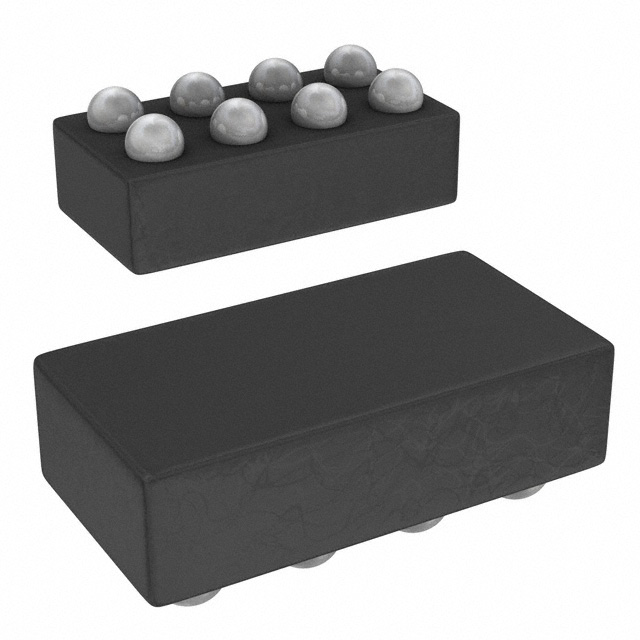
-
ADAU7002ACBZ-RL Analog Devices Inc.
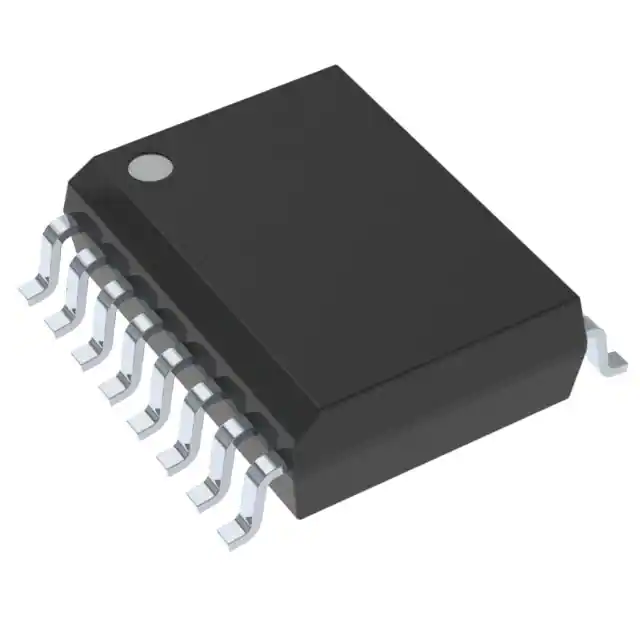
-
PGA2320IDW Texas Instruments
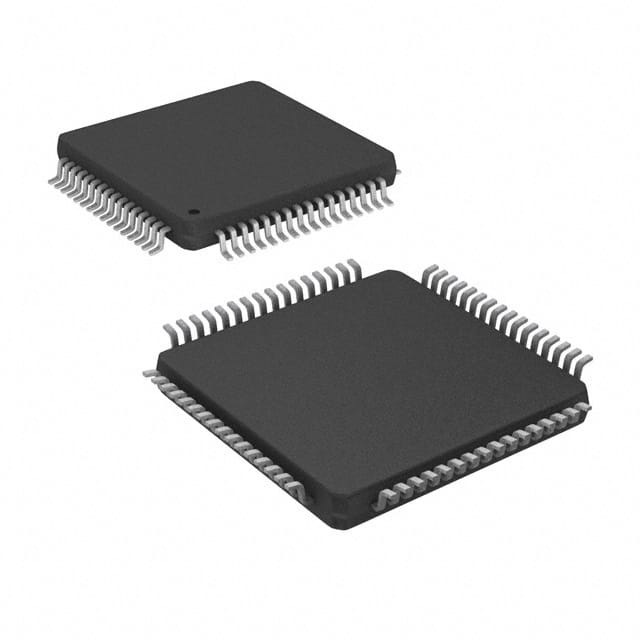
-
SRC4184IPAG Texas Instruments
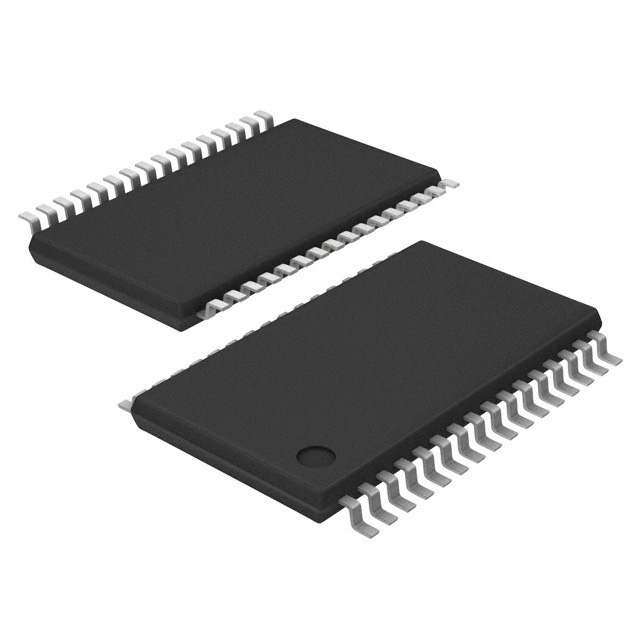
-
MUSES72320V-TE2 Nisshinbo Micro Devices Inc.
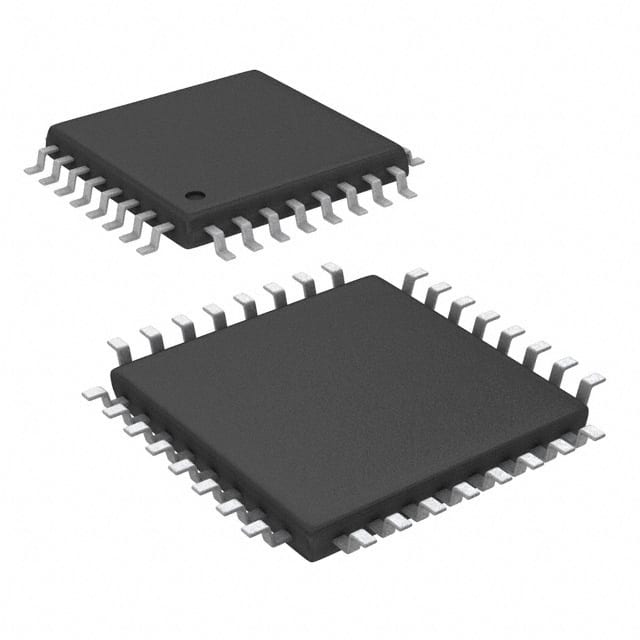
-
PCM2706CPJT Texas Instruments
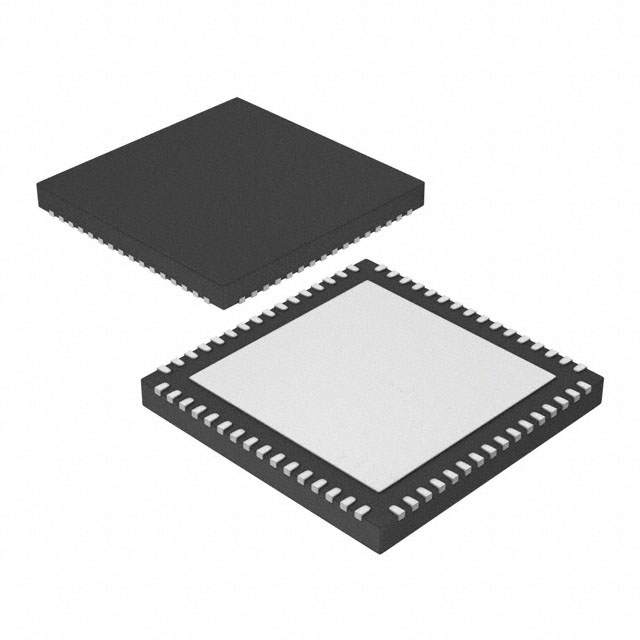
-
ZL38040LDG1 Microchip Technology

-
PGA2310UA/1K Texas Instruments


